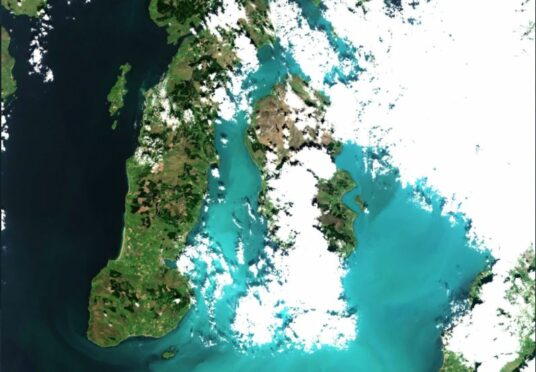
Giant phytoplankton blooms in the Firth of Clyde, which can be seen from space, have turned the ocean a bright turquoise blue.
The phenomenon, which currently stretches from Ayrshire to Kintyre and surrounds the waters around the Isle of Arran, is continuing to stun locals and visitors to the area.
It is believed by marine experts to be harmless, but that the density of the plankton could potentially cause visibility issues for some ocean birds and fish hunting under water.
Paul Chandler, previous executive director of Arran’s marine conservation organisation, COAST, explained online that the occurrence happening in the Clyde region is “unusual,” and that the reason for the large quantities of the phytoplankton could be due in part to a colder spring.
He said: “This current Clyde bloom I assert is because we have not had much of a warm and sunny April into May which is when the spring bloom usually starts to metabolise the winter nutrient build up from freshwater input.
“This recent more intense sun in June and warming surface waters has probably meant a rapid growth of algal phytoplankton working on the excess nutrient content of the seawater resulting in this unusually intense bloom.”
Phytoplankton, also known as microalgae, are similar to terrestrial plants as they contain chlorophyll and require sunlight in order to live and grow.
Most phytoplankton are buoyant and float in the upper part of the ocean, where sunlight penetrates the water.
Due to the huge quantities of phytoplankton, COAST believes the food could attract larger animals who feed on the algae, like basking sharks or whales.
Satellite oceanographer, ocean fronts, marine ecology and harmful algal blooms expert Peter Miller has been monitoring the event from satellite images.
He said: “What we can say from satellite ocean colour data is that the turquoise area looks like a lot of coccoliths in the surface water.
“Most plankton turn the water green, some brown/red, from the colour of the pigments in the plant cells. Plus chalky white coccoliths to make the turquoise colour.
“Those are the tiny chalky plates released from the Ehux plankton.
“Those are benign, and unrelated to the toxic blue-green algae (cyanobacteria) that form floating mats on lakes.”
He added: “The phytoplanktons that bloom dense enough to see from satellite are microscopic plants.
“Most phytoplankton blooms are beneficial to provide food for larger plankton (zooplankton) and then up the food chain via fish.”
Locals have delighted in the event and say they can’t remember the phenomenon ever happening in the past or in their lifetimes.
Margaret Russell, who lives in Brodick on the Isle of Arran said: “I’ve lived here for nearly 25 years and I’ve never seen anything like this before.
“It’s truly an amazing sight – the water is so turquoise it’s like we’re living in the Mediterranean or the Caribbean.
“It’s certainly something we’ll remember for years to come.”

Enjoy the convenience of having The Sunday Post delivered as a digital ePaper straight to your smartphone, tablet or computer.
Subscribe for only £5.49 a month and enjoy all the benefits of the printed paper as a digital replica.
Subscribe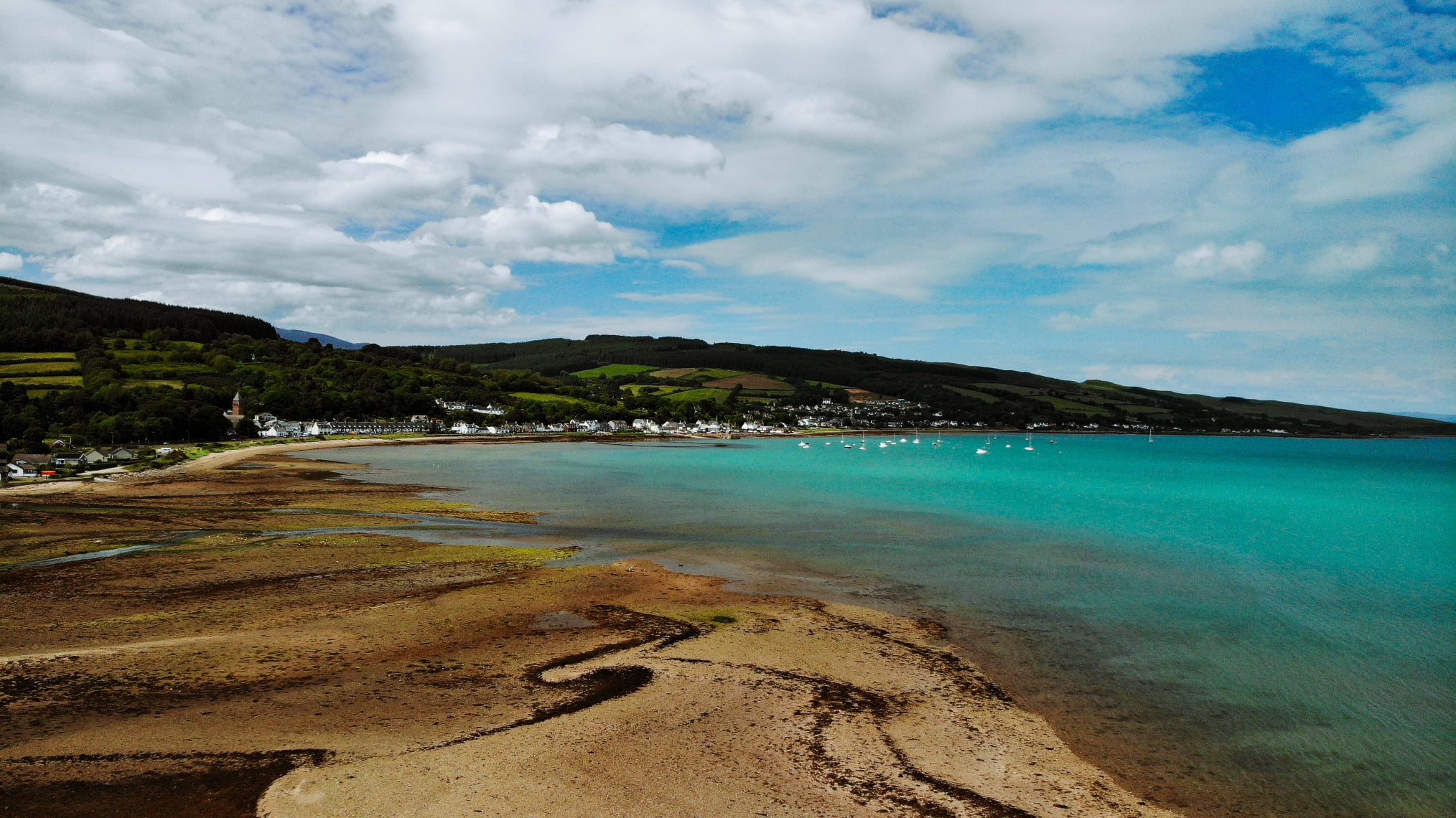 © Patryk Dybalski
© Patryk Dybalski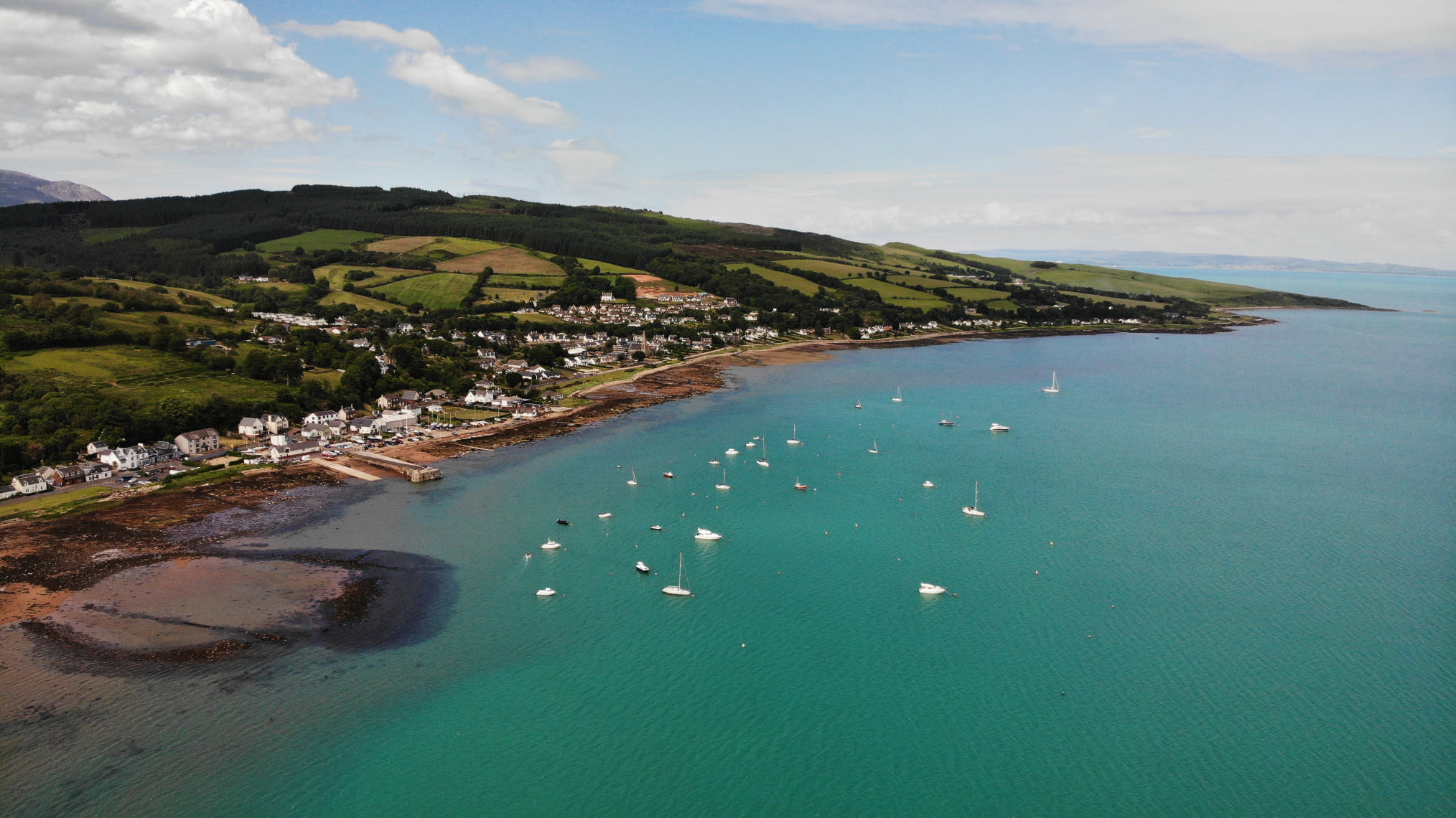 © Patryk Dybalski
© Patryk Dybalski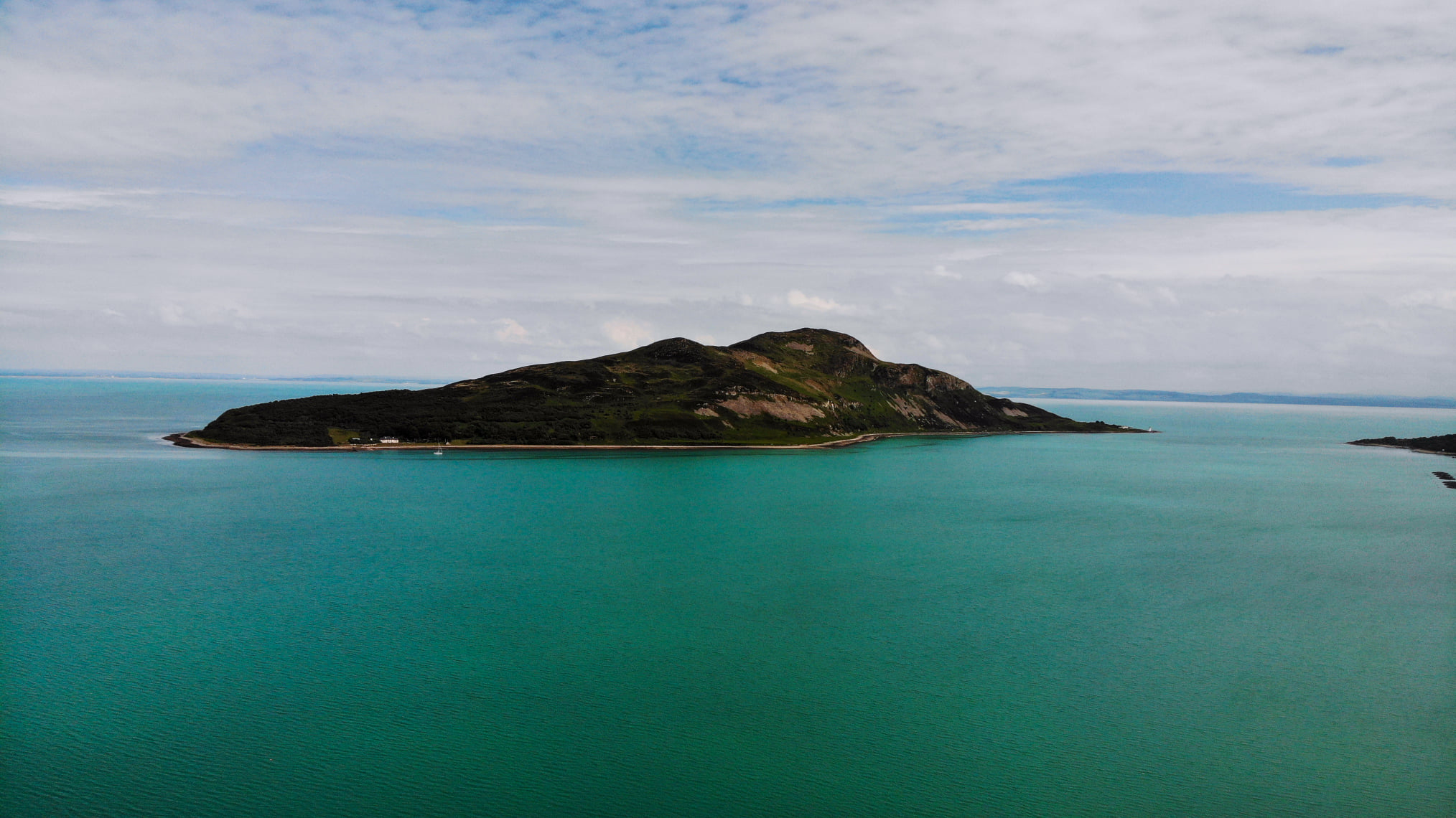 © Patryk Dybalski
© Patryk Dybalski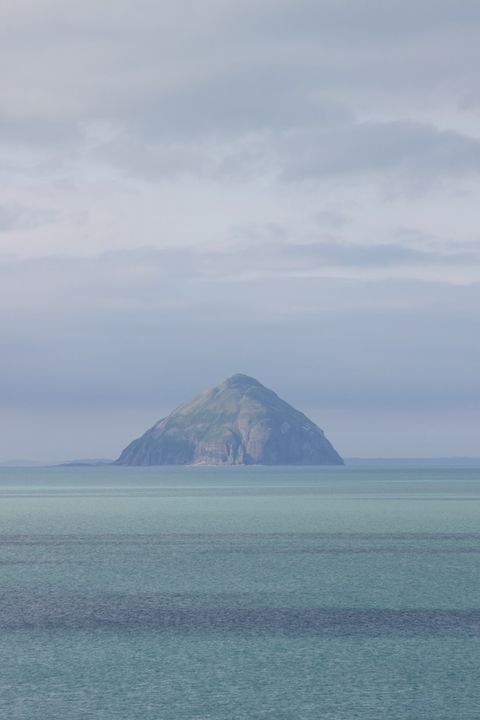 © Shona Stewart
© Shona Stewart